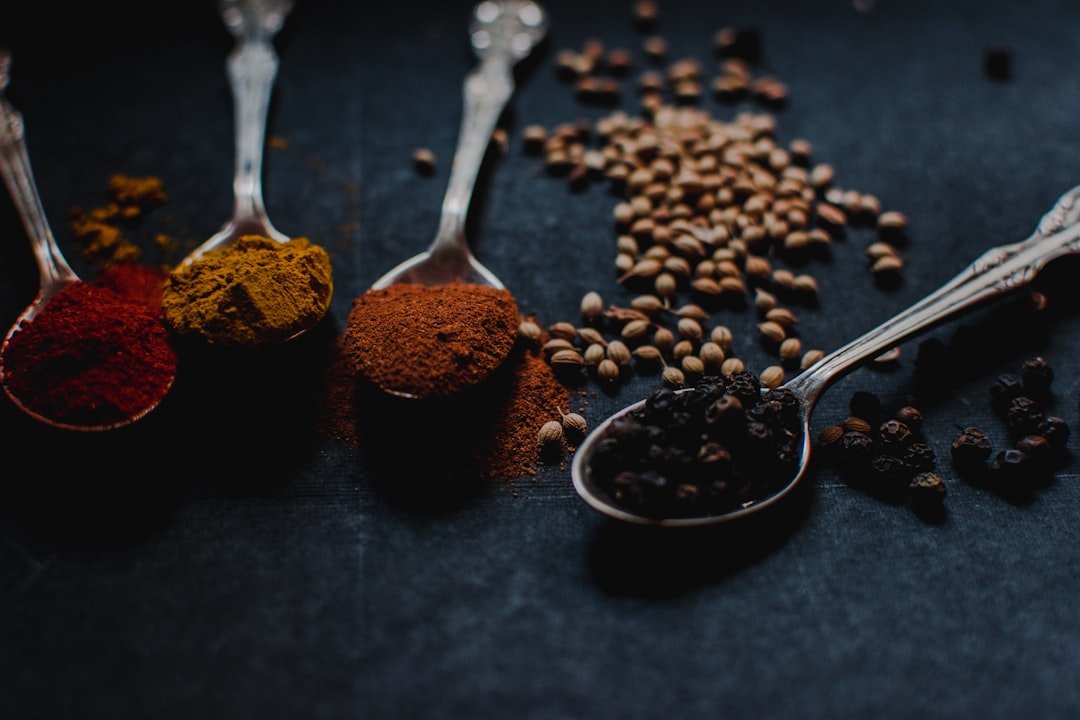Curry, a word that instantly brings to mind a myriad of aromatic spices and flavors, has a rich history that spans centuries and continents. Originating in the Indian subcontinent, curry dishes have traveled far and wide, captivating the palates of people from all corners of the globe. In this blog post, we delve into the history and global popularity of curry dishes, tracing their fascinating journey from humble beginnings to international fame.
The origins of curry can be traced back to ancient India, where it was first documented in texts dating back to around 2500 BCE. India’s diverse geography and multiethnic society contributed to the evolution of countless regional variations of curry dishes. These dishes were made by combining different spices, herbs, and local ingredients, resulting in a diverse range of flavors and cooking techniques.
As trade routes expanded and explorers embarked on voyages to distant lands, curry made its way beyond the Indian subcontinent. The spice trade played a crucial role in spreading the popularity of curry, as spices like turmeric, cumin, coriander, and ginger became highly sought after commodities. These valuable spices not only added unique flavors but also acted as natural preservatives, making them ideal for long journeys.
One of the first instances of curry’s global reach can be found in Southeast Asia. Indian traders and migrants brought their culinary traditions to countries like Malaysia, Indonesia, and Thailand, where local ingredients and cooking techniques were incorporated into the evolving curry recipes. The result was a fusion of flavors, creating distinct regional variations such as Thai green curry and Indonesian rendang.
The arrival of Europeans in India during the colonial era further expanded the popularity of curry. The British, in particular, developed a taste for the complex flavors of Indian cuisine and introduced curry dishes to their home country. Curry quickly gained popularity in Britain and became a staple of the British diet. The British versions of curry, however, often lacked the authenticity of their Indian counterparts and were adapted to suit local tastes.
The migration of people from various regions, particularly from former colonies, brought curry to even more corners of the world. Throughout the 20th century, curry houses began to spring up in cities like London, New York, Sydney, and Dubai, catering to the growing demand for bold and exotic flavors. Immigrants brought not only their traditional recipes but also their culinary skills, further enriching the global curry scene.
Today, curry dishes can be found in practically every major city worldwide, and their popularity continues to soar. The globalization of food and the growing interest in diverse cuisines have led to a greater appreciation for the complex and aromatic flavors that curry offers. From traditional favorites like Indian chicken tikka masala and Japanese curry rice to modern innovations like curry pizza and curry-filled pastries, the possibilities are endless.
With the rise of social media and the internet, curry enthusiasts and food bloggers have united in celebrating the vast world of curry dishes. Recipes, cooking tips, and cultural insights are shared, making it easier for anyone to recreate authentic curry experiences in their own home. The versatility of curry allows for countless adaptations and personalizations, making it a truly global dish that can be enjoyed by people of all backgrounds and tastes.
The history and global popularity of curry dishes are a testament to the power of food to transcend cultural boundaries and bring people together. As we savor the flavors of curry, let us also appreciate the stories and traditions woven into each dish. Whether it’s a comforting bowl of curry noodles or a spicy curry chicken, every bite carries with it a taste of history and a connection to diverse communities around the world.





